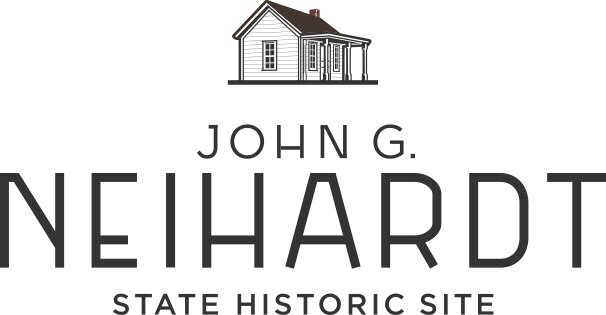Sacred Hoop Garden

”Imagine a hoop so large that everything is in it – all two-leggeds like us, the four-leggeds, the fishes of the streams, the wings of the air, and all green things that grow. Everything is together in this great hoop.” Nicholas Black Elk, as told to John G. Neihardt
The Sacred Hoop Garden is a living symbol of the Hoop of the World from the vision of the Oglala Lakota Holy Man Nicholas Black Elk, found in John G. Neihardt's book, Black Elk Speaks. The Hoop Garden on the grounds of the Neihardt State Historic Site was designed by Neihardt and his plantings remain. Visitors may stroll through the garden and enjoy the detailed explanations of the garden’s symbolism.
The Hoop is a symbol of the vastness of the universe. "So big," Black Elk said, "it has everything in it." It is divided into quarters, each with its own power, color, and symbol:
West - Blue or black, with the power to make live and to destroy;
North - White, symbolizing cleansing and healing;
East – Red, the power of enlightenment that brings understanding and peace;
South – Yellow, symbolizing the power to grow.
Two roads cross the Hoop of the World: one from east to west, one from south to north. Like sunrise and sunset, life appears to progress from east to west on a hard black road of worldly difficulty. The red road from south to north is one of spiritual understanding.
Where the two paths cross each other is holy; there springs the tree of life to shield us, filled with leaves, blossoms, and singing birds.
The Sacred Hoop Garden is open 24 hours a day, 365 days a year. It is not lit at night.
Sharing the Vision sculpture
“Sharing the Vision: Mitakuye Oyasin” is a bronze sculpture by Nebraska artist Herb Mignery. The sculpture captures the transformative time when Black Elk shares his vision with John Neihardt atop Harney Peak (since re-named Black Elk Peak, in the Black Hills of South Dakota). The deep expressiveness in their faces captures the friendship and respect that the two men had for each other.

